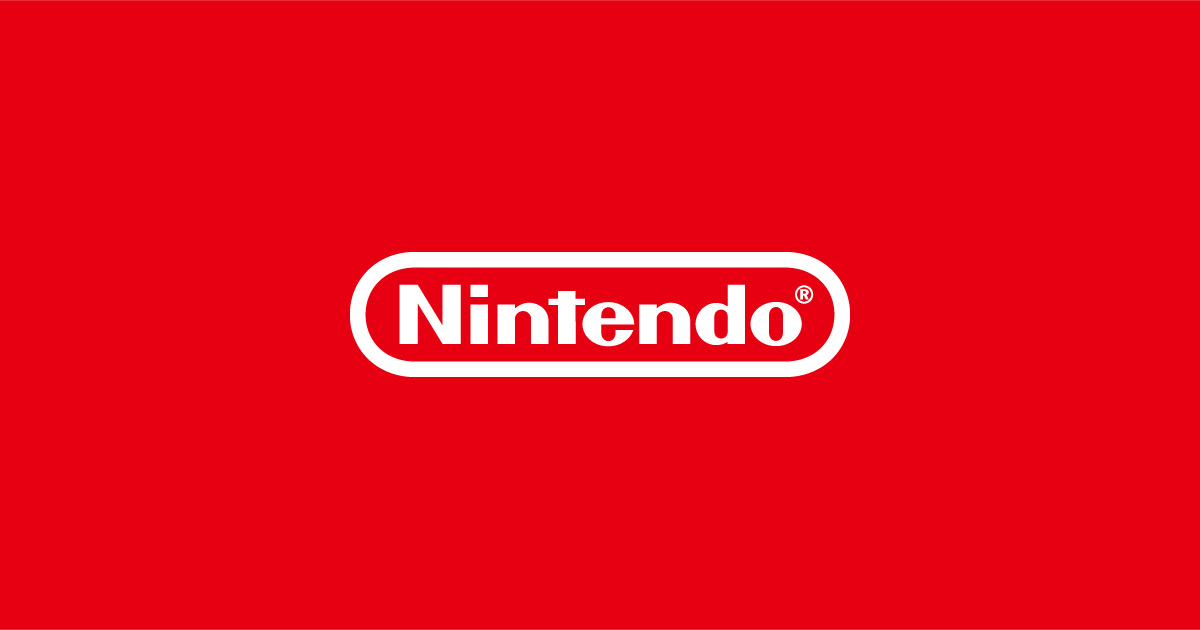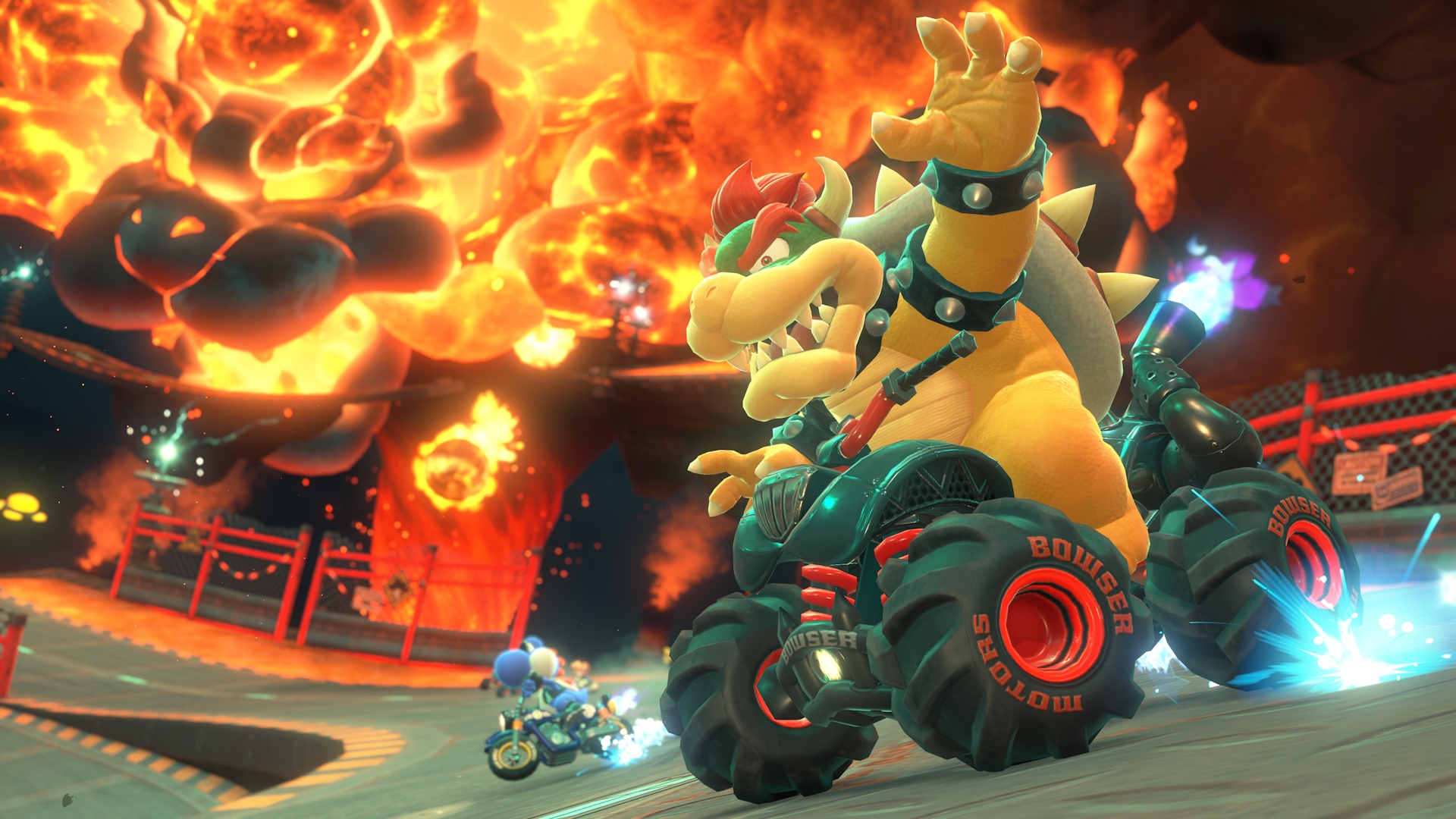Microsoft Refocuses Handheld Gaming Strategy on Third-Party OEMs as Nintendo Switch 2 Launch Approaches
As anticipation builds for the Nintendo Switch 2 launch, Microsoft has reportedly adjusted its approach to the handheld gaming market.
Sources confirm that Microsoft’s Xbox division is now prioritizing third-party OEM (original equipment manufacturer) handheld devices, even as it continues to invest in its own in-house Xbox handheld technology for the future. Handheld gaming has seen a renaissance since the debut of the Nintendo Switch in 2017.
With more consumers embracing portable play, major players such as Valve, Lenovo, and ASUS have entered the market with powerful alternatives, expanding gamers’ hardware choices well beyond Nintendo’s ecosystem.
According to industry insiders, Microsoft’s initial strategy included both a third-party handheld device slated for release this year, as well as a first-party Xbox-branded product aimed at a 2027 launch window. However, priorities shifted in the lead-up to Nintendo’s next-generation console.
In a detailed report by Windows Central, it was revealed that Microsoft is now placing significant emphasis on collaborating with external OEM partners for handheld gaming hardware.
A rewritten statement from the report notes: Microsoft remains committed to developing proprietary Xbox handheld technology in the long term, but has communicated internally that the interim strategy is to focus more deeply on third-party OEM partnerships. This pivot arrives at a time when Microsoft is continuing to expand its reach beyond hardware.
After completing its acquisition of Activision Blizzard in 2023, Microsoft has been solidifying its role as a software powerhouse, recently bringing blockbuster first-party franchises to competing platforms such as PlayStation and Nintendo devices.
Notably, a multi-year agreement ensures that Call of Duty titles will launch on Nintendo platforms—including via the eShop—cementing Microsoft’s cross-platform ambitions. Despite this collaborative focus, development on next-generation Xbox hardware, including the future successor to Xbox Series X, is reported to be advancing at full speed.
This multi-pronged approach to hardware and software aligns with wider industry trends, as traditional console makers respond to growing demand for flexible gaming experiences and platform-agnostic services. For Nintendo fans and industry watchers, these strategic moves highlight how the competitive landscape in gaming technology continues to evolve.
With both Nintendo and Microsoft embracing partnerships and new hardware paradigms, the coming years promise more options and innovations for handheld gaming enthusiasts. Stay tuned for further updates on Xbox’s handheld development and the latest advancements from leading gaming hardware developers.
Sources confirm that Microsoft’s Xbox division is now prioritizing third-party OEM (original equipment manufacturer) handheld devices, even as it continues to invest in its own in-house Xbox handheld technology for the future. Handheld gaming has seen a renaissance since the debut of the Nintendo Switch in 2017.
With more consumers embracing portable play, major players such as Valve, Lenovo, and ASUS have entered the market with powerful alternatives, expanding gamers’ hardware choices well beyond Nintendo’s ecosystem.
According to industry insiders, Microsoft’s initial strategy included both a third-party handheld device slated for release this year, as well as a first-party Xbox-branded product aimed at a 2027 launch window. However, priorities shifted in the lead-up to Nintendo’s next-generation console.
In a detailed report by Windows Central, it was revealed that Microsoft is now placing significant emphasis on collaborating with external OEM partners for handheld gaming hardware.
A rewritten statement from the report notes: Microsoft remains committed to developing proprietary Xbox handheld technology in the long term, but has communicated internally that the interim strategy is to focus more deeply on third-party OEM partnerships. This pivot arrives at a time when Microsoft is continuing to expand its reach beyond hardware.
After completing its acquisition of Activision Blizzard in 2023, Microsoft has been solidifying its role as a software powerhouse, recently bringing blockbuster first-party franchises to competing platforms such as PlayStation and Nintendo devices.
Notably, a multi-year agreement ensures that Call of Duty titles will launch on Nintendo platforms—including via the eShop—cementing Microsoft’s cross-platform ambitions. Despite this collaborative focus, development on next-generation Xbox hardware, including the future successor to Xbox Series X, is reported to be advancing at full speed.
This multi-pronged approach to hardware and software aligns with wider industry trends, as traditional console makers respond to growing demand for flexible gaming experiences and platform-agnostic services. For Nintendo fans and industry watchers, these strategic moves highlight how the competitive landscape in gaming technology continues to evolve.
With both Nintendo and Microsoft embracing partnerships and new hardware paradigms, the coming years promise more options and innovations for handheld gaming enthusiasts. Stay tuned for further updates on Xbox’s handheld development and the latest advancements from leading gaming hardware developers.






